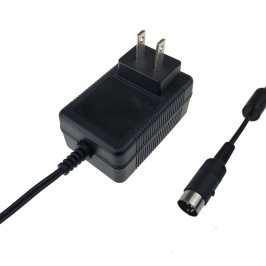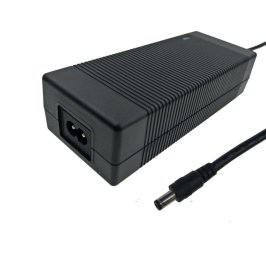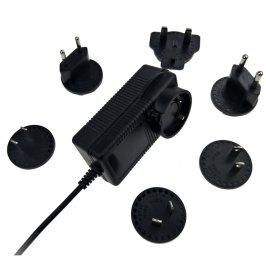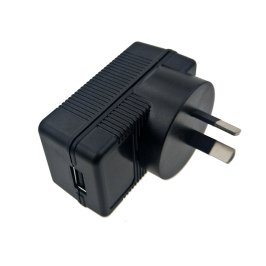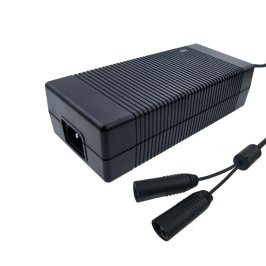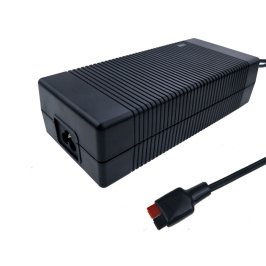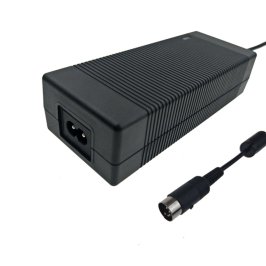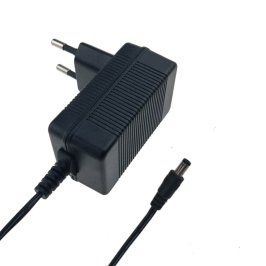The
intelligent digital battery charger is a general-type intelligent charger. In accordance with the characteristics of each battery, different charging modes and corresponding algorithms can be given to achieve the best charging effect. The charging characteristics of three kinds of batteries need to be fully considered when designing the general-type intelligent charger. Different charging modes and corresponding algorithms are given according to the characteristics of each battery. With higher cost performance, large discharge current, long service life and other features, rechargeable batteries are widely used in various communication equipment, instruments, and electrical measuring devices.
Different charging control technologies are used for different batteries. Common control techniques include: voltage negative increment control, time control, temperature control, maximum voltage control, etc. At present, it is well accepted that voltage negative increment control is one of the most advanced control methods.
When charging, it is determined that the battery is fully charged when the battery voltage negative increase is measured. Then the charging is turned into trickle charging. Charging time can be scheduled by the time control technology. When the charging time reaches, it is safer to stop charging by charger or to turn it into trickle charging.
The temperature control method means when the battery reaches the full state, the battery temperature rises rapidly. Battery temperature or temperature changing are measured to determine whether to stop charging the battery or not. The maximum voltage control refers to judge the charging state in accordance with charging battery maximum allowable voltage, which is flexible.
 English
English  日本語
日本語  한국어
한국어  français
français  Deutsch
Deutsch  Español
Español  italiano
italiano  русский
русский  português
português  العربية
العربية  中文
中文
